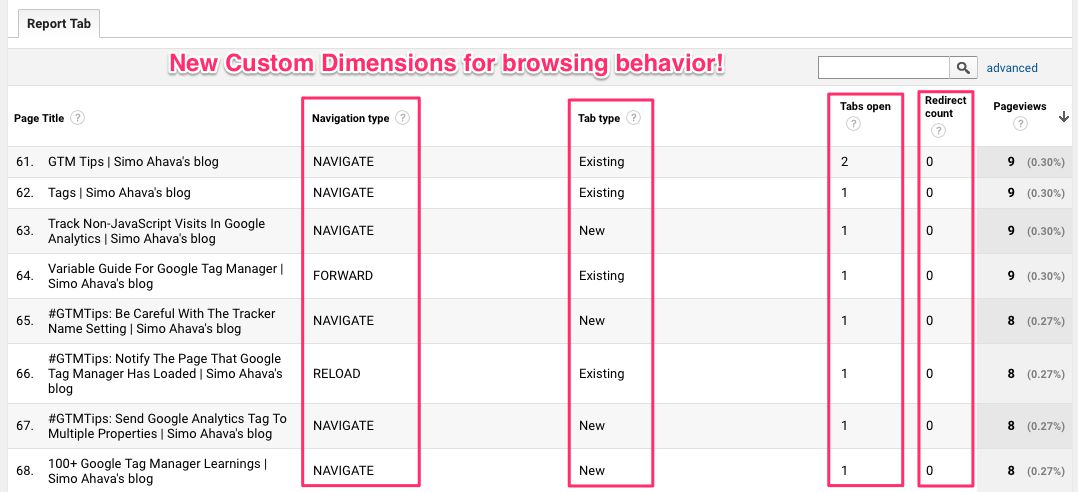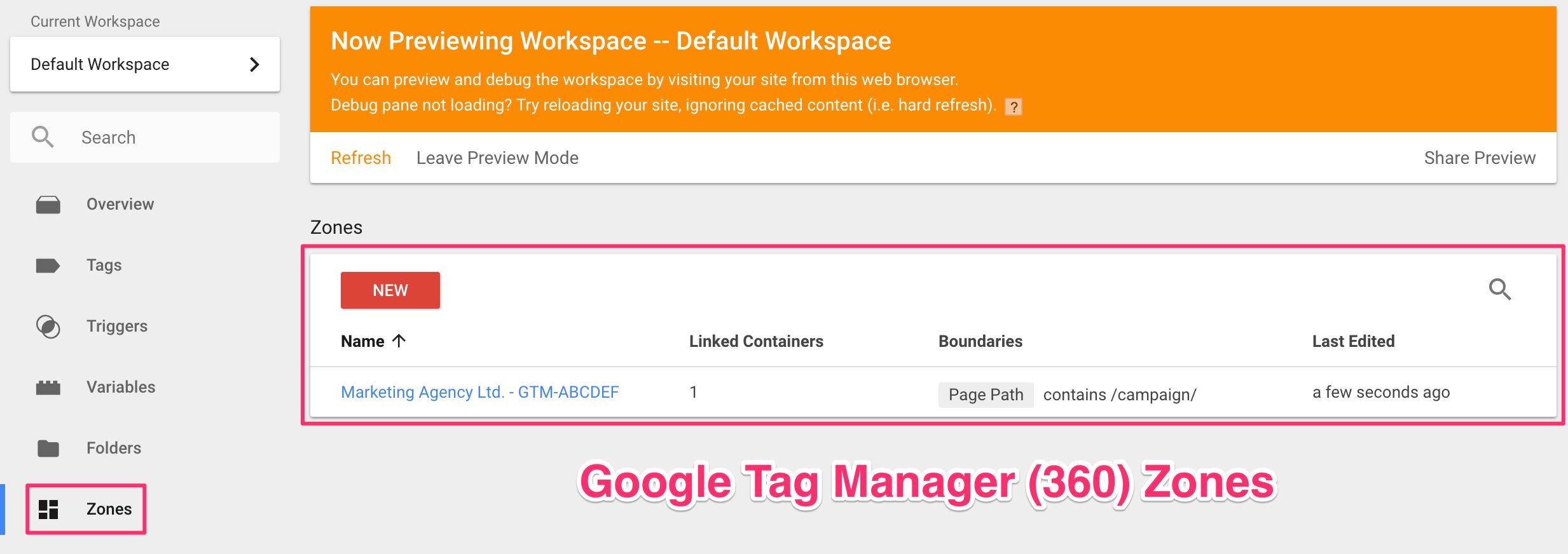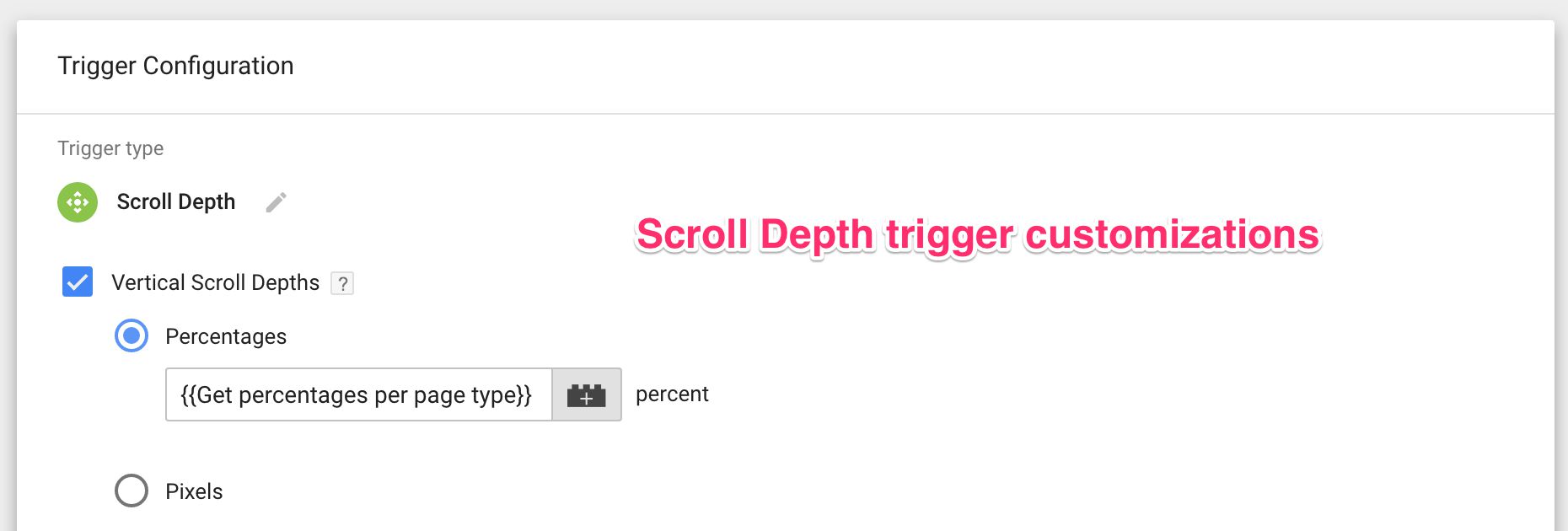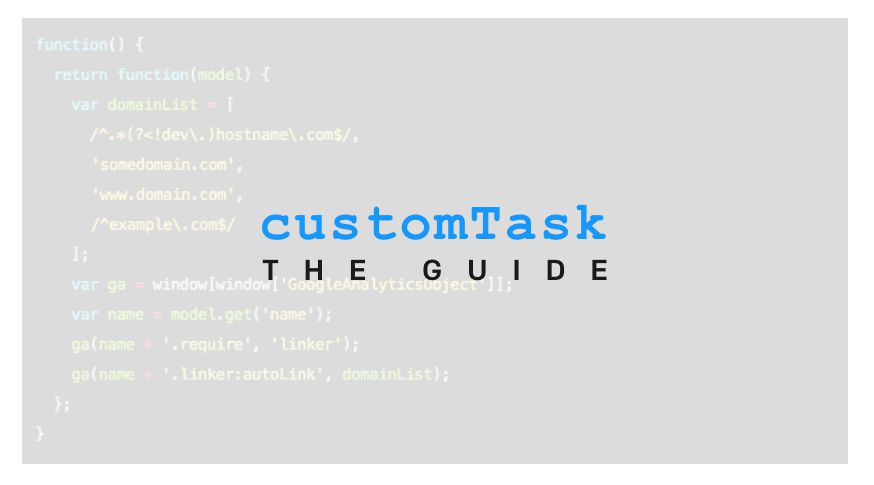Last updated 22 May 2019: Added expiration of currently open tabs.
In this article, Jethro Nederhof of Snowflake Analytics fame and I will introduce you to some pretty neat web browser APIs. The purpose of these APIs is to find out more about how the user navigated to the current page, and what’s going on with their browser tabs.
There are so many things you can do with this new information.







